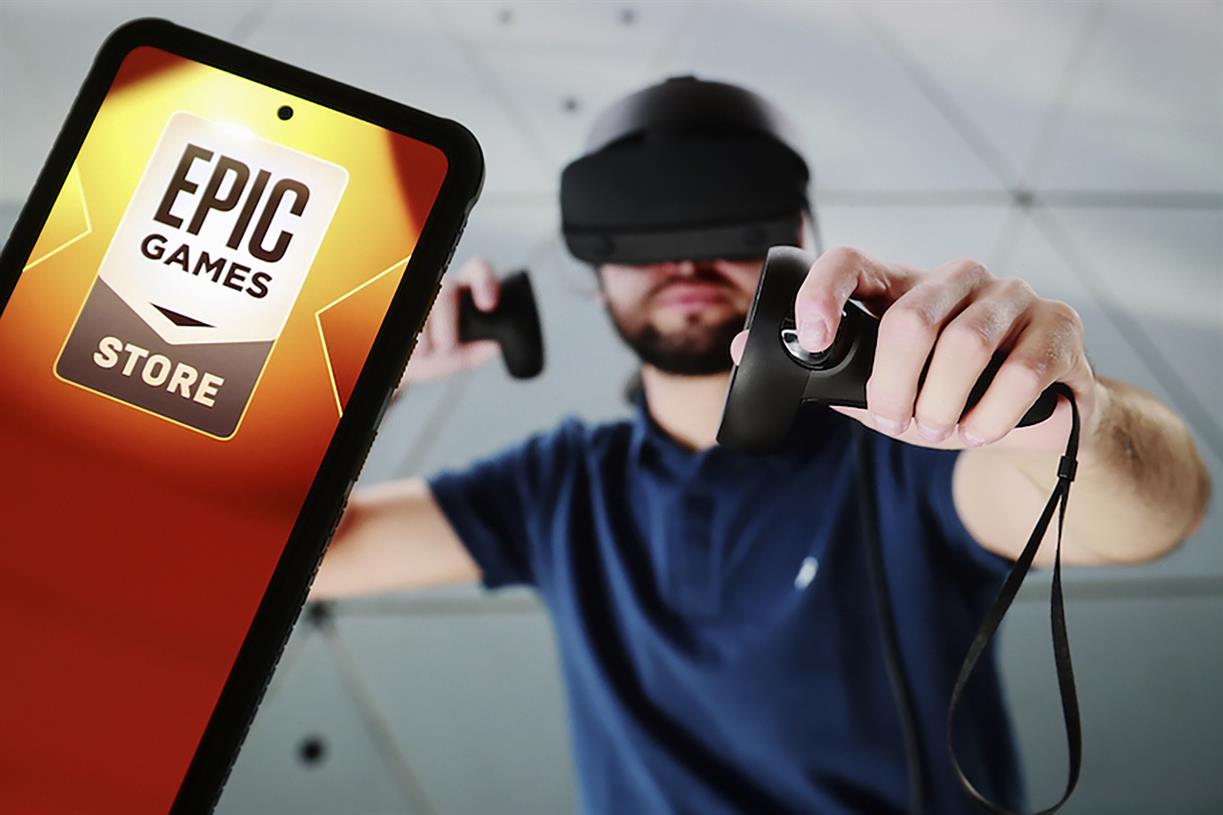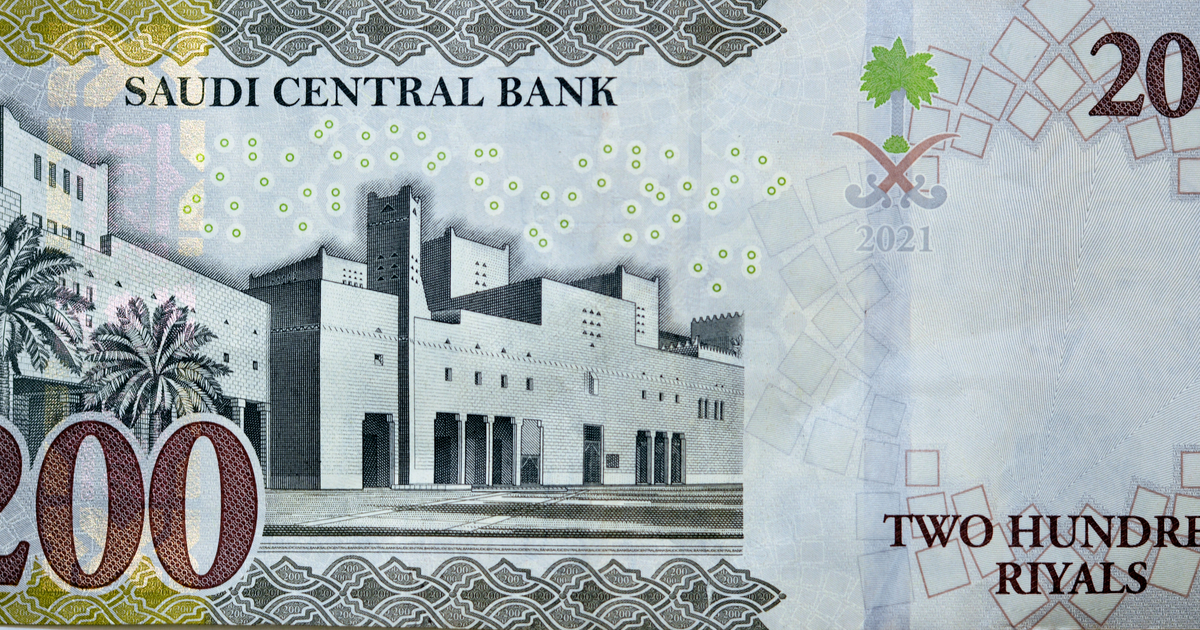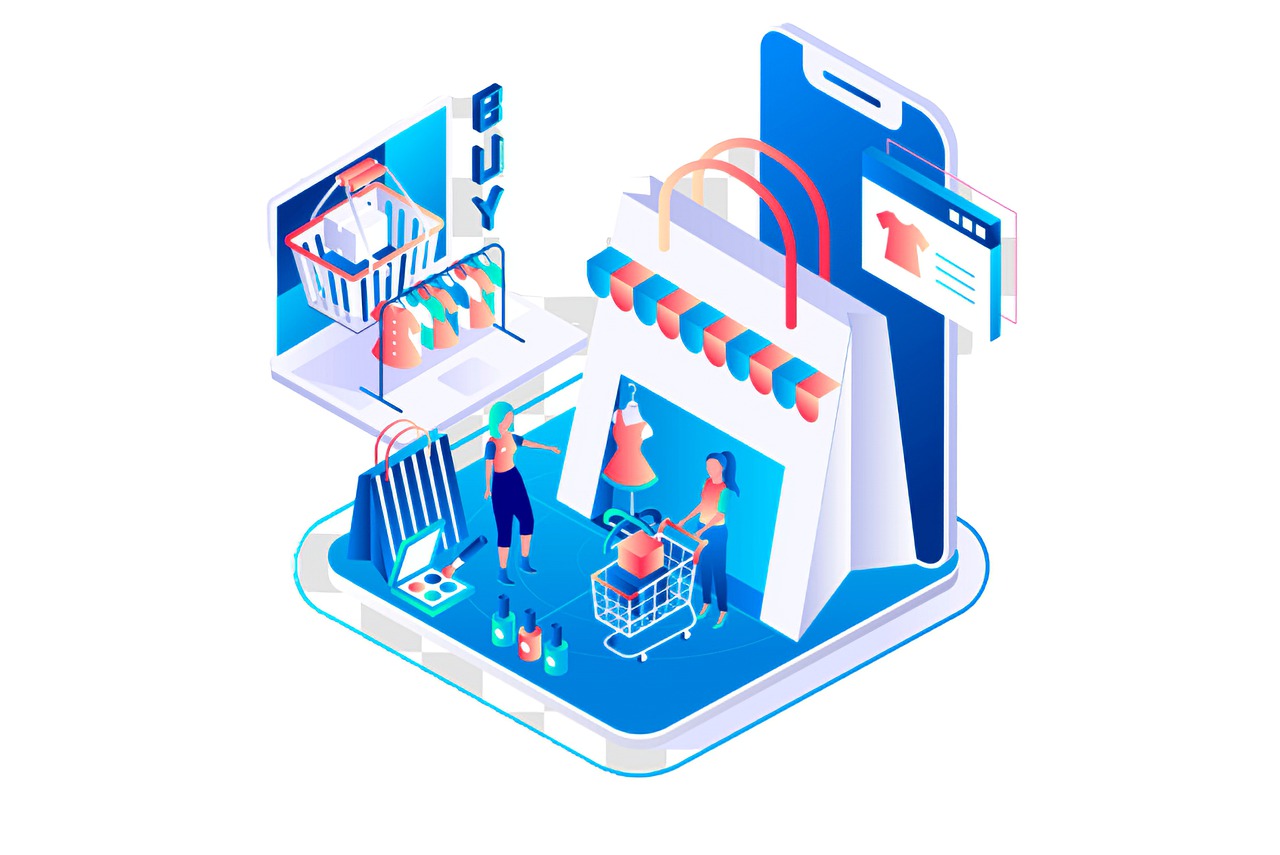How to Dramatically Increase Your Revenue with Nano and Micro-influencers
Nano-influencers and micro-influencers — which are content creators and key opinion leaders (KOLs) with smaller audiences ranging from 10,000 to 75,000 followers — often slip under the radar.

Nano-influencers and micro-influencers — which are content creators and key opinion leaders (KOLs) with smaller audiences ranging from 10,000 to 75,000 followers — often slip under the radar. However, despite a smaller following, their conversion rates stack up against celebrities and those with bigger audiences. In fact, according to Forbes, micro-influencers drive 60% higher campaign engagement rates than their macro-influencer counterparts. You can dramatically increase revenue with the right strategy behind your micro and nano-influencer marketing plan. Here’s what you need to know. Influencer marketing is the practice of brands collaborating with influencers. Influencers are social media superstars, trendsetters, tastemakers, and knowledge leaders with sizable and highly engaged networks of followers on social media. Accessing influencers is a powerful marketing tool to boost brand awareness, send qualified traffic to your website, and impact purchasing decisions through product placements and endorsements on social media. Influencers can be anything from a famous fashion photographer on Instagram, a well-read cybersecurity blogger who tweets, or a dance instructor on TikTok. Micro- and nano-influencers are individuals or accounts with small but loyal audiences. Nano-influencers have less than 10k followers, and those in the micro category have an audience size between 10k-75k. The most significant benefit of working with an influencer with a smaller following is their close, trusted relationships with their audiences. Consumers are more likely to follow advice or recommendations because, with a smaller audience, these influencers are more likely to engage one-on-one with followers. This interaction leads to higher conversion rates and more returns on your marketing investment. Plus, smaller influencers typically come with a budget-friendly price tag, so your marketing dollars go further. These influencers want to grow their following and reputation, so they may go the extra mile to impress brands. If you need to adjust deadlines or alter posts, micro- and nano-influencers may be responsive to feedback. Small-scale influencers respond faster to communication as they have fewer messages in their inbox. Some brands shy away from working with influencers with fewer followers because they want a broader reach. However, nano and micro-influencers have developed strong trust with their audiences, will work for smaller budgets, and are more likely to collaborate in content creation. Building a successful campaign with micro- and nano-influencers requires finding the hidden gems that fit within your budget but have a highly engaged audience. Here’s how you can do that. A database like the impact.com for Influencers and Creators platform does most of the heavy research for you. It gives you a quick overview of an account’s followers, engagement rate, platforms where they are active, and more. A marketplace also shares potential partners’ categories, demographics, and values so you can quickly find influencers that match your brand identity. The smaller the audience, the more targeted your messaging needs to be. When trying to connect with a small number of people, you need to be sure your product fits their lifestyle. When finding and recruiting micro- and nano-influencers, get specific — look for partners who are already fans of your brand and speak your language. Building long-lasting relationships with influencers are all about creating emotional connections. Customize your outreach messages and focus on nurturing your relationships as your partnership grows. You’ll want to work with larger groups of influencers with small audiences to widen your reach, so keep your recruitment efforts going after getting your partnership program off the ground. Consistency fuels your marketing initiative, so you can make new connections and promote brand awareness. Securing long-lasting partnerships that boost revenue involves creating a mutually beneficial environment where you and your influencers succeed. For instance, online for-profit clothing store Ivory Ella partnered with micro- and nano-influencers to tap into new audiences and grow revenue. By the end of their first full year, they saw 11% of their total revenue coming through partnerships. They decided to double down on partnerships, and in Q4, they increased revenue by 56% year-over-year (YoY) and generated 17% of total revenue through their influencer partnership program. Ivory Ella isn’t an outlier. You can achieve great results by doing the following: Busy work piles up when you onboard and manage multiple influencers. Automation tools help ease some pressure, so you don’t fall behind. Consider automating: Influencers with smaller followings charge far less than celebrities. However, you still need to reward them fairly for their time and effort. Some popular payment models for influencers include: Micro- and nano-influencers introduce potential customers to your brand through engaging content. The last touchpoint attribution model gives the conversion credit to the final touchpoint where a customer has converted. These creators are seldom the last touchpoint. They play an essential role in other parts of the sales cycle, such as brand awareness and persuading audiences to convert eventually. For these reasons, paying small-scale influencers with gifts and performance bonuses that solely reward last touchpoints may not meet their requirements. According to a WARC and impact.com white paper, 84% of influencers (small-scale and big-scale) prefer a flat fee payment, while 47%are open to a hybrid model. Working with a beloved brand is exciting for an influencer of any size. Micro- and nano-influencers who partner with the right brand may get the momentum they need to accelerate audience growth. By providing a memorable experience, you may contribute to their development, which benefits your brand. When partners feel valued, they’ll take that extra step when discussing your brand and products. They want to build a business with you, and the more recognition they get for their work, the better their content becomes. Here are some ways to boost your partner experience: A strong influencer-based marketing strategy requires many different kinds of partnerships — including those with smaller followings. It’s easy to get caught up in numbers and assume bigger is always better, but after a few collaborations with micro- and nano-influencers, you’ll quickly see how you can get great returns from working with the right people.
What is influencer marketing?
What are micro- and nano-influencers?
How to Find and Recruit Micro-influencers and Nano-influencers
1. Search in an influencer database or marketplace.
2. Get specific about with whom you want to work.
3. Offer a personal touch when engaging with influencers.
4. Consistently add new influencers to your marketing strategy.
How to Manage Micro- and Nano-influencers to Build Profitable Relationships
1. Automate manual processes to improve workflow.
2. Choose your compensation method based on performance.
3. Prioritize your partner's experience.
Get Significant Revenue Boosts from Smaller Audiences

 JaneWalter
JaneWalter 









![The HubSpot Blog’s 2022 Content & Media Planning Report [Data]](https://blog.hubspot.com/hubfs/content-and-media-strategy-report.jpg#keepProtocol)























